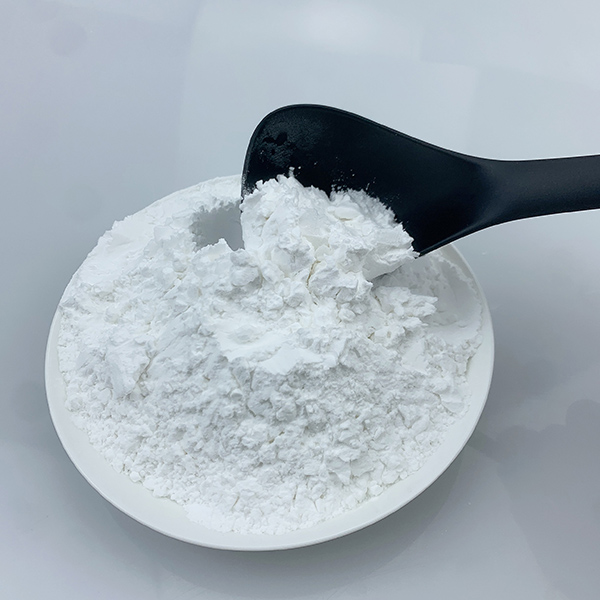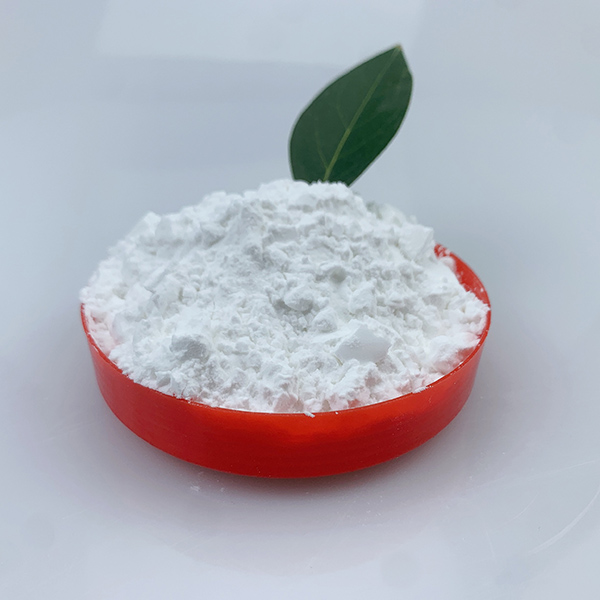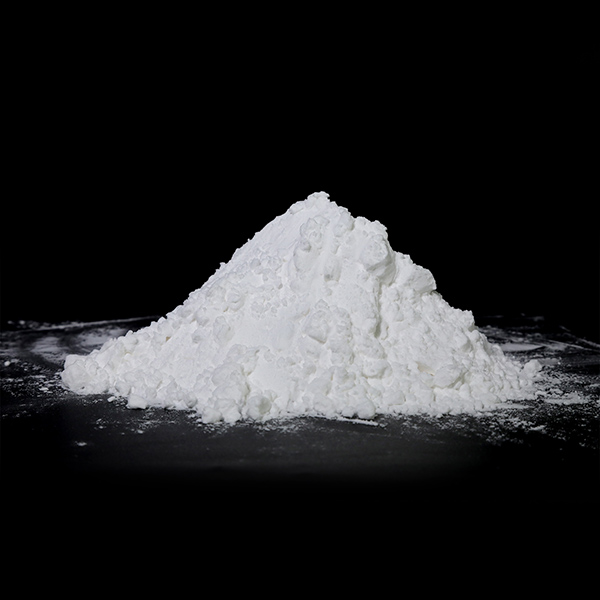Stock API Raw Material Pharma Grade High Quality SR9011 CAS 1379686-29-9 For Bodybuilding
Contact me:
Email:ceo66@hbainuodi.com
Whatsapp/Skape:+8618849057872
Wickr:alice868
Usage
SR9011 is a REV-ERBα/β agonist with IC50s of 790 nM and 560 nM for REV-ERBα and REV-ERBβ, respectively. Can treat cancer.
Myocardial infarction is one of the diseases with the highest mortality rate of cardiovascular diseases. Myocardial infarction is caused by coronary artery stenosis or spasm, resulting in acute or persistent myocardial ischemia and hypoxia, and myocardial cell death. Various pro-inflammatory cytokines such as interleukin-1β (IL-1β) and tumor necrosis factor-α (TNF-α) are involved in myocardial remodeling3. SR9011 is a REV-ERBα/β agonist, a member of the nuclear receptor family, and studies have found that it can regulate the metabolism of biological tissues. Huang Guodong found that SR9011 plays an important role in regulating the rhythm of autophagy genes in zebrafish.
The C-terminus of the SR9011 family protein lacks a ligand-binding domain, but it can inhibit the expression of Rev-erb protein by recruiting nuclear receptor repressor factor and histone deacetylase 3, etc. Histone deacetylase 3 is a Rev-erb agonist and a small molecule chemical probe. Fon-taine first reported in Chemicalbook that there is a correlation between SR9011 and inflammation, and SR9011 can inhibit the expression of Tr4, thereby controlling the inflammatory signal. Foreign scholars have found that in human macrophages, increasing the mRNA expression of SR9011 by pharmacological methods directly leads to a decrease in the mRNA expression of the pro-inflammatory factor interleukin-6.



Synonymous:
| 1-Pyrrolidinecarboxamide, 3-[[[(4-chlorophenyl)methyl][(5-nitro-2-thienyl)methyl]amino]methyl]-N-pentyl- |
| SR9011 |
| UNII:VYI79FLZ6W |
| 3-({(4-Chlorobenzyl)[(5-nitro-2-thienyl)methyl]amino}methyl)-N-pentyl-1-pyrrolidinecarboxamide |
SR9011 CAS 1379686-29-9 Research:
In vitro research:
SR9011 dose-dependently increased REV-ERB-dependent repressor activity and RE4- Responsive luciferase reporter (REV-ERBα IC50 = 790 nM, REV-ERBβ IC50 = 560 nM). SR9011 potently and potently represses transcription in a co-transfection assay using full-length REV-ERBα along with a luciferase reporter gene driven by the Bmal1 promoter (SR9011 IC50 = 620nM). SR9011 inhibits BGAL1 mRNA expression in HepG2 cells in a REV-ERBα/β-dependent manner[1] SR9011 inhibits the proliferation of breast cancer cell lines regardless of their ER or HER2 status. SR9011 appears to pause the cell cycle of breast cancer cells before M phase. Cyclin A (CCNA2) was identified as a direct target gene of REV-ERB, suggesting that inhibition of the expression of this cyclin by SR9011 may mediate cell cycle arrest. Treatment with SR9011 resulted in increased cells in G0/G1 phase and decreased cells in S and G2/M phases, suggesting that activation of REV-ERB may result in a reduced transition from G1 to S phase and/or S phase.
Physical research:
SR9011 showed reasonable plasma exposure, therefore, the expression of REV-ERB responsive genes was examined in the livers of mice treated with different doses of SR9011 for 6 days. The plasminogen activator inhibitor type 1 gene (Serpine1) is a REV-ERB target gene and showed dose-dependent repression of expression in response to SR9011. Cholesterol 7α-hydroxylase (Cyp7a1) and sterol response element binding protein (Srepf1) genes were also shown to respond to REV-ERB and were dose-dependently inhibited with increasing amounts of SR9011. After 12 days in D:D conditions, mice were injected with a single dose of SR9011 or vehicle at CT6 (peak expression of Rev-erbα). Vehicle injections did not result in disruption of circadian rhythmic locomotor activity. However, administration of a single dose of SR9011 resulted in a loss of locomotor activity during the subjects' dark phase. Normal activity returns to the next circadian cycle, consistent with drug clearance of less than 24 hours. Under constant dark conditions, the SR9011-dependent reduction in wheel running behavior in mice was dose-dependent, and the potency (ED50 = 56 mg/kg) was similar to that of SR9011-mediated inhibition of the REV-ERB response gene, Srebf1, in vivo (ED50 = 67mg/kg) [1].








